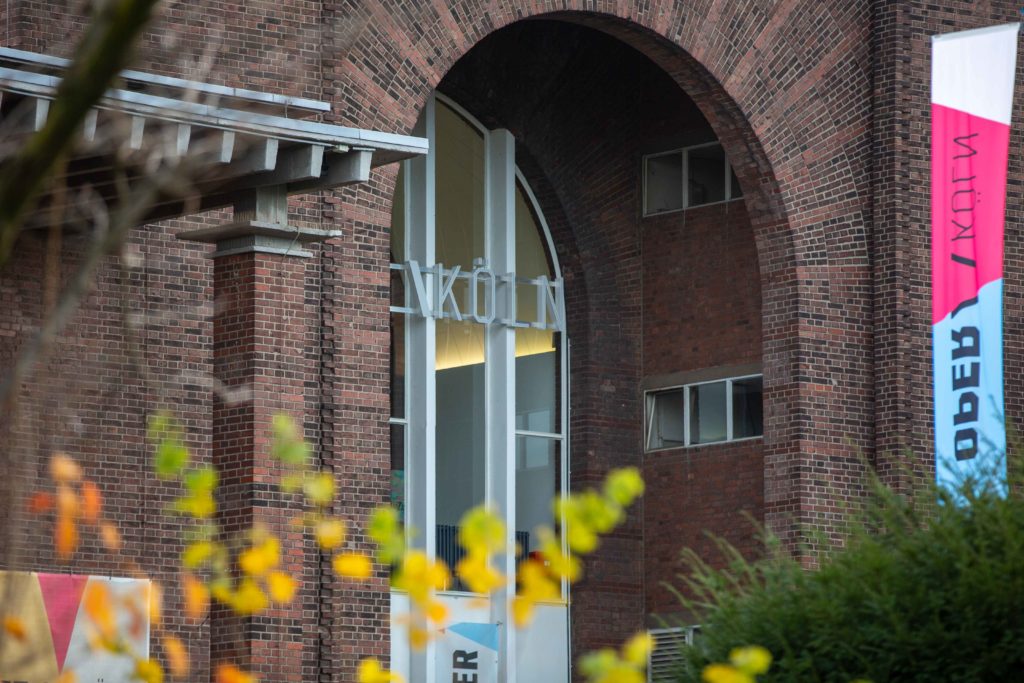16 years after the end of World War I and the end of German colonial rule in Africa, the German Colonial Exhibition was held in Cologne from July 1 to September 2, 1934.
The opening date of July 1 was not chosen by chance, as emphasized in the preface to the exhibition brochure. It was the “commemoration day of the acquisition of German colonial possessions” 50 years earlier at the so-called Congo Conference in Berlin. The exhibition was organized by the Reichskolonialbund (Imperial Colonial Federation) and was intended to introduce the colonial “project” to the Cologne public.
The patrons of the exhibition included such illustrious names as Governor (ret.) Dr. Heinrich Schnee, Reichsstatthalter (Imperial Gouverneur) Franz Xaver Ritter von Epp, Duke Adolf Friedrich zu Mecklenburg, all of whom deserving of the title “Old Africans.” Schnee, President of the Reichskolonialbund, remarked in his foreword: “The German Colonial Exhibition in Cologne in 1934 should help to implant the colonial idea in hearts and minds of the German people so that they realize the tremendous importance of overseas possessions for Germany. Especially concerning our difficulties importing raw materials from overseas, this must give every German food for thought. How differently we would stand if we could import these raw materials from our own colonies! We must be clear about this: Without colonies: poverty and need, with colonies: work and bread!”. The chairman of the Cologne chapter, Kettniß, evaluated the return of the colonies as a popular demand. “Imperial-owned colonies,” he listed in his introduction, “supply overseas raw materials without the need for foreign exchange, secure markets for German products, broaden the scope of the Reichsmark, provide living space for German comrades, widen the field of vision for ambitious German youth, provide an incentive for capital investment by German entrepreneurship under German law, contribute to the revival of domestic sales, make Germany independent of foreign countries, promote German maritime and world standing and are a vital issue for the German economy.”
The exhibition had been previously shown in Berlin, but was adopted with changes. The academic leadership was entrusted to Franz Thorbecke, a professor of geography in Cologne. He set up several rooms to present the work of scientific expeditions in the colonies. A “real expedition tent” stood in the center of this section, and the viewer learned “about the toils and hardships that were required to produce a colonial map”.


The exhibition was divided into two main groups: 1. Colonial Economy and Homeland and 2. The Individual Colonies and the Colonial Movement. A view into “African cultures” was also presented. Using loaned pieces from the Rautenstrauch-Joest-Museum, a plethora of topics such as: colonial topography, economy, school work, tropical hygiene, missions, as well as zoology and entomology were presented. Many Cologne companies had booths at the exhibition including: Felten & Guilleaume, Franz Clouth Rheinische Gummiwarenfabrik, Johann Maria Farina, Ferdinand Mühlens, Heinrich Holbeck (tropical fruits), Humboldt-Deutzmotoren, Gebrüder Stollwerck and C.H. Ruppel Zigarrenimport.
In order to bring the “unknown” closer to the visitors, the Botanical Garden created “living vegetation pictures” and even planted a real cotton crop. Visitors even were able to taste fresh pineapples and bananas from Cameroon; certainly not an everyday treat for the time. Sweet potatoes, rice, sugar cane, coffee, cocoa and spice plants had also been imported from the former colonies. At the opening, former colonial warriors gathered in their uniforms carrying their flags. After a total of 64 days, 120,000 people had visited the exhibition.

